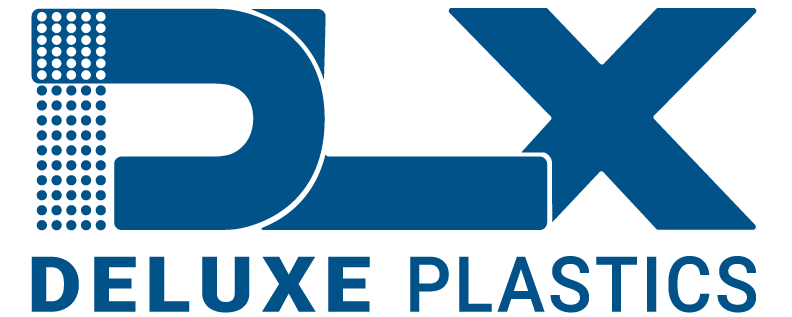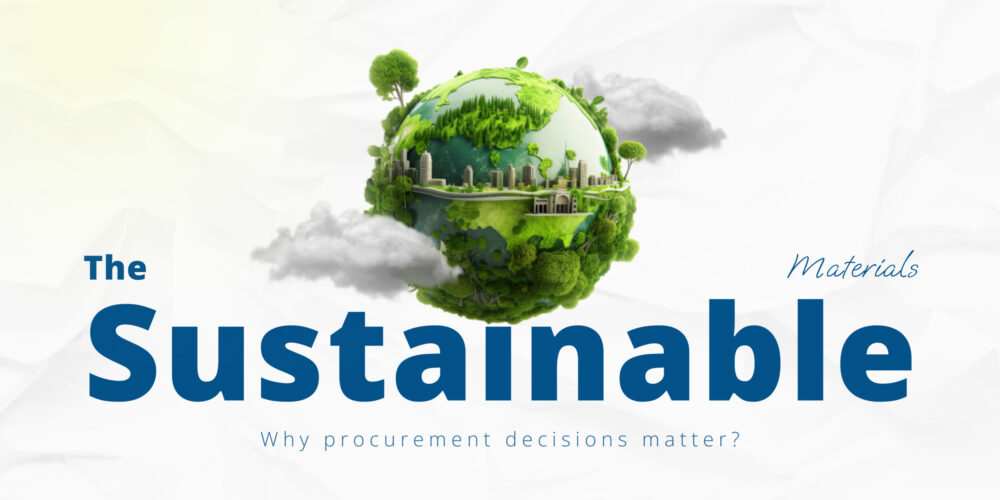A new wave of tariffs is reshaping how American manufacturers think…

How Overmolding Benefits Your Product
Injection-molded plastic products are ubiquitous in society but have come to be relied upon by many industries for their value. Lightweight automotive components can lead to better fuel efficiency, housings for power tools offer durability, and plastic medical syringes are lightweight and can be sterilized – just to name a few. While traditional single polymer molding offers excellent benefits, a process called overmolding provides additional benefits for some products.
What is overmolding?
Overmolding, also called 2-shot transfer molding, is an injection molding process used to create a single product or component by molding two dissimilar plastics, one on top of the other. The base component, called the substrate, is enveloped by a second material to create a final product with the properties of both materials. Overmolding is commonly seen in personal care items that require a soft grip in a wet environment, structural enclosures for hand-held electronic devices, and aesthetic components of a car interior, but it is used in many other products and components.
Overmolding is often used for applications where a base part requires additional features or functionalities provided by the overmold material. It is suitable for parts with relatively simple geometries and where precise material placement is required.
A transfer mold is prepared with two halves, one containing the cavity for the base part and the other containing the cavity for the overmold. The mold design ensures proper alignment and adhesion between the base part and the overmold. The base part is molded first and put into the transfer mold. Pressure is then applied to force the heated resin from the chamber into the mold cavity containing the base part. This process ensures that the overmold material bonds securely with the base part.
Benefits of Overmolding
Overmolding offers many benefits for the product, the user, and the brand/ company. Below is a list of the benefits for each:
For the Product
Today, products are expected to not only meet but exceed consumer expectations in terms of functionality, durability, aesthetics, and weight. Overmolding serves as a solution to meet these demands effectively.
- Improved Functionality – Overmolding allows combining different materials in one part, adding features like soft-touch grips, improved grip for tools, or electrical insulation. It can also create parts with complex shapes and integrated features that would be difficult or impossible to achieve with traditional manufacturing methods.
- Enhanced Durability – By creating a permanent bond between parts, overmolding strengthens the overall product and improves its resistance to shock, vibration, and chemicals. Additionally, products will have properties that can’t be achieved from one plastic, such as a rigid substrate with a soft overmold.
- Better Aesthetics – Overmolding allows for parts with multiple colors, textures, and materials, creating a more visually appealing product.
- Decreased weight – For applications where reducing weight is critical (e.g., aerospace and vehicles for fuel efficiency), eliminating metals and metal fasteners and replacing them with overmolded products will create a lightweight product.
For the End User
End users seek products that not only fulfill their needs but also prioritize safety, comfort, and overall experience. Overmolding addresses these concerns, ensuring a superior user experience.
- Increased Safety – Overmolding can be used to cover sharp edges or create non-slip grips, reducing the risk of injuries.
- Improved Ergonomics – Soft-touch overmolds can make products more comfortable to hold and use, reducing fatigue and strain.
- Enhanced User Experience – A product with a more visually appealing design and improved functionality will generally provide a better user experience.
- For the Brand/Company – Brands and companies stand to gain significantly from the adoption of overmolding, reaping benefits ranging from cost savings to market differentiation.
- Reduced Costs – Overmolding eliminates the need for separate manufacturing and assembly processes for different parts, saving time and labor costs.
- Improved Efficiency – By creating a single, multi-functional part, overmolding can streamline production and reduce lead times.
- Marketing Advantages – Overmolded products can have a more premium look and feel, which can help to differentiate a brand from its competitors.
Experience the Benefits of Overmolding
Do you have a part that you think can benefit from overmolding? Our engineers can assist you with part design to ensure your finished product meets your expectations as well as your customers’ expectations. Whether you need help with the design or figuring out material compatibility, our team has the expertise to deliver budget-friendly solutions. From design through delivery, every process is supported by our quality management system, powered by standards, tooling, and measurement processes. This comprehensive approach not only assures quality at every stage but also drives our continuous improvement efforts. Contact us for a quote and to learn how we can help you.



